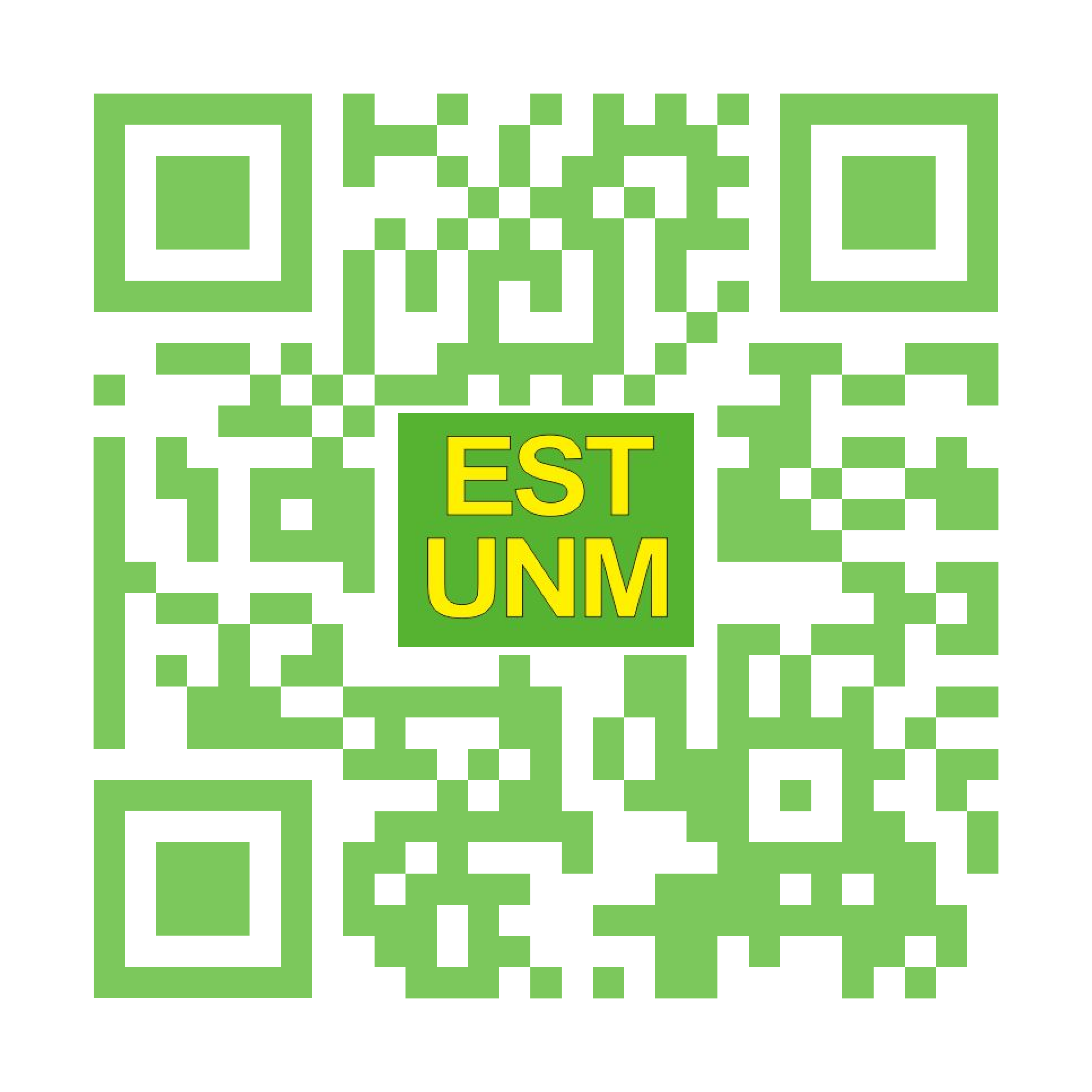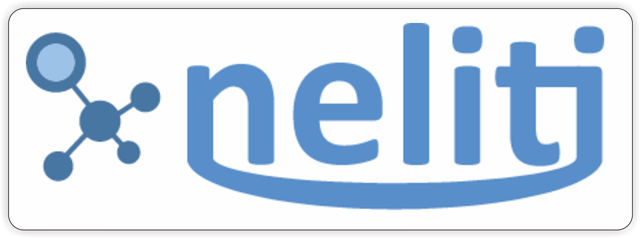Development of Project-based Blended Learning (PjB2L) Model To Increase Pre-Service Primary Teacher Creativity
(1) Univesitas Kristen Satya Wacana Salatiga
(2) Universitas Kristen Satya Wacana Salatiga
(*) Corresponding Author
DOI: https://doi.org/10.26858/est.v4i2.5563
Abstract
Keywords
Full Text:
PDFReferences
Boelens, R., Wever B.D. & Voet, M. 2017. Four key challenges to the design of blended learning: A systematic literature review. Educational Research Review, Vol.22. November 2017, 1-18
Charles D. Dziuban. 2004. Blended Learning. Central Florida: EDUCAUSE Center for Applied Research Volume 2004, Issue 7.
Ergul, N.R., Kargin, E.K. 2014. The Effect of Project-based Learning on Students’ Science Success. Procedia – Social and Behavioral Sciences, 136, 537-541.
Giacomini, L. 2015. Using "Storybird" in Young Learners' Creative Writing Class. Teaching Technique: English Teaching Forum, 35-37.
Han, S., Capraro, R., Capraro, M. 2016. How science, technology, engineering, and mathematics project-based learning affects high-need students in the US. Learning and Individual Differences, 51, 157-166.
HASYIM, Nurhikmah; HALING, Abdul. The e-Learning Needs Analysis in Graduate Programs of Universitas Negeri Makassar. Journal of Educational Science and Technology (EST), [S.l.], p. 233-242, dec. 2017. ISSN 2477-3840. Available at: . Date accessed: 21 Jul. 2018. doi:http://dx.doi.org/10.26858/est.v3i3.4748.
Henriksen, Danah. 2016. The seven transdisciplinary habits of minds of creative teachers: An exploratory studi of award winning teachers. Teaching Skills and Creativity, Vol 22 December 2016, Pages 212-232. https://doi.org/10.1016/j.tsc.2016.10.007
Hsieh, S.W., et.al. 2011. Effects of teaching and learning styles on students’ reflection levels for ubiquitous learning. Computers & Education, Volume 57, Issue 1, August 2011, Pages 1194-1201. https://doi.org/10.1016/j.compedu.2011.01.004
Jared A. Carman, 2005. Blended Learning Design: Five Key Ingredients. Diambil dari http://www.agilantlearning.com/pdf/Blended Learning Design.pdf diunduh, 25 Oktober 2012.
Joyce, B dan Marsha, W. 2015. Models of Teching. USA: Allyn: A. Person Education Company
Khairullina, N.e. a. 2016. Development of Creative Activity os Students in the System of the Organizational Culture of the Modern University. International Journal of Enviromental & Science Education, 11 No.4, 2171-2184. doi:10.12973/ijese.2016.588a
Koparan & Guven. 2014. The Effec of Project-based Learning on the Statistical Literacy Levels of Students 8th Grade. European Journal of Educational Research, 3 No. 3, 145-157. Retrieved from http://www.eurojedu.com
Krinistsyna, Anastasiya Vyacheslavovna, e. a. 2016. Characteristics of the Creative Development technologies Applying During the Work with Students. International Journal of Enviromental & Science Education, 11 NO. 18, 11709-11720.
Lamima & Dangwal. 2017. Blended Learning: An Innovative Approach. Universal Journal of Educational Researh, 5 no. 1, 129-136. doi:10.13189/ujer.2017.050116
Liu, P. 2016. Technology Integration in Elementary Classrooms: Teaching Practices of Student Teachers. Australian Journal of Teacher Education, 41(3), 87-104.
Morais, Maria Fatima & Azevedo, Ivete. 2011. What is a Creative Tecaher and What is a Creative Pupil? Perceptions of Teachers. Procedia Social and Behavioral Sciences, Vol 12, 2011, Page 330-339, https://doi.org/10.1016/j.sbspro.2011.02.042
Powel, A., et.al. 2015. Blending Learning: The Evolution of Online and Face-toFace Education from 2008-2015. iNACOL, 1-20.
Richardson, C & Mishra, P. 2017. Learning environments that support student creativity: Developing the SCALE. Thinking Skills and Creativity, 27, 45-54.
Smaldino, S.E,Russel, J.D. Heinich, R. & Molenda, M. 2005. Intructional Technology and Media for Learning . New Jersey : Pearson Merril Prentice Hall Inc
Soh, K. 2017. Fostering student creativity through teacher behaviors. Thinking Skills and Creativity, 23, 58-66.
Tsai, C.Y., Horng, JS, Liu, CH, Hu, DC, Chung YC. 2015. Awakening student creativity: Empirical evidence in a learning environment context. Journal of Hospitality, Leisure, Sport & Tourism Education, 17, 28-38.
Vastenhouw, M., 1982. Metode Pengajaran Proyek. s.l.:Keluarga Mahasiswa BAPEMSI
Widiana, I Wayan, I. N. 2016. Improving Students' Creative Thinking and Achievement through the Implementation of Multiple Intelligence Approach with Mind Mapping. International Journal of Evaluation and Research in Education, 5 No. 3, 246-254.
Winataputra, U. S. 2001. Model-model Pembelajaran Inovatif. Jakarta : Pusat Antar Universitas untuk Peningkatan dan Pengembangan Aktivitas Instruksional, Dirjen Dikti
Wallas, G. 1926. The art of thought. London: Jonathan Cape.
Zaouganeli, E., Tysso, V., Feng, B., Arneses, K., Kapetanovic, N. 2014. Projrct-based learning in programming classes – the effect of open projrct scope on student motivation and learning outcome. IFAC Proceedings Volumes, 47, 12232-12236.
Article Metrics
Abstract view : 1310 times | PDF view : 301 timesRefbacks
- There are currently no refbacks.
Copyright (c) 2018 Wahyudi Wahyudi, Adi Winanto

This work is licensed under a Creative Commons Attribution-NonCommercial 4.0 International License.
Editorial Office
Journal of Educational Science and Technology
Graduate Program Universitas Negeri Makassar
 |
| Jl Bonto Langkasa Gunungsari Baru Makassar, 90222 Kampus PPs UNM Makassar Gedung AD Ruang 406 Lt 4, Indonesia | |||
| jurnalestunm@gmail.com | est.journal@unm.ac.id | |||||
| https://ojs.unm.ac.id/JEST/index | |||||
| 085299898201 (WA) | |||||
EST Index by:
























